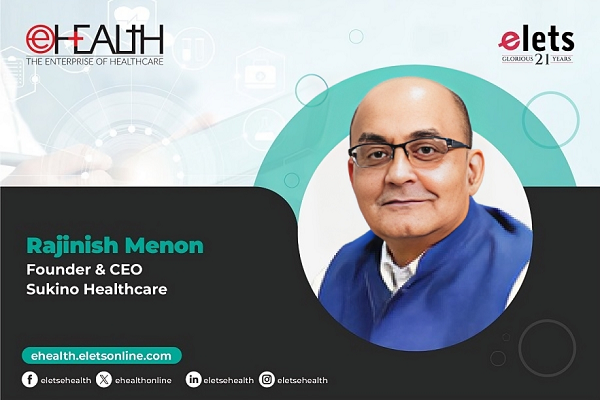 By Dr Kailash Nath Gupta, Chest & Critical Care Specialist (ICU) and Interventional Pulmonologist at Columbia Asia Hospital, Gurgaon.
By Dr Kailash Nath Gupta, Chest & Critical Care Specialist (ICU) and Interventional Pulmonologist at Columbia Asia Hospital, Gurgaon.
Tuberculosis(TB) is an infectious disease caused by the bacteria Mycobacterium tuberculosis which affects the lung but it can also spread to other organs including the lymph nodes, gastro intestinal tract, genito-urinary tract, brain, bones, joints, skin, eyes or almost any other organ in the body. TB is spread through the air when people with an active pulmonary tuberculosis infection cough, sneeze, shouts or spit. Severe cough for three weeks or more, discolored sputum, blood in the sputum, night sweats, mild fever, evening rise of temperature, fatigue, weakness, pain in the chest while breathing, loss of appetite and pain during coughing or breathing are the symptoms of patients suffering from TB.

The symptoms of TB are quiet similar to pneumonia, hence patient needs advise and treatment by pulmonologist. For the vast majority of patients, TB diagnosis depends primarily on sputum smear microscopy, along with chest X -ray. If X- rays are inconclusive, then CT scan of the chest and in some cases higher tests like Bronchoscopy are done. In few cases when there is high suspicion of TB then based on the symptoms, the doctor treats the patient with empirical treatment for 3-4 weeks under medical supervision.
Also read: 25% of world’s TB patients in India: Report
The infected person should follow the medication regime properly, by discontinuing or by taking the medication irregularly there are chances of developing resistance to anti-TB drugs resulting in deadly form of TB called MDR-TB (multi-drug resistant TB). As per the Global Tuberculosis report 2013 by World Health Organisations , India has the highest multidrug resistant tuberculosis patients partly due to poor disease management by the healthcare system. TB can be prevented in childhood by vaccination and by maintaining high levels of hygiene.

Patients suffering with MDR-TB do not respond to, or respond extremely poorly to first-line anti-TB drugs. A person is said to have MDR-TB when he is resistant to two of the important first “line anti-TB drugs i.e. Isoniazid and Rifampicin.
The WHOs global tuberculosis report for 2013, estimated that India accounted for 63,000 cases of MDR-TB among notified patients with pulmonary (lung) tuberculosis. China and Russia follow with 59,000 and 46,000 cases.
As per the key findings of the report, about 3.7 percent of TB patients in the world have MDR-TB. Levels are much higher by about 20 percent in those previously treated. About 9 percent of MDR-TB cases also have resistance to other anti TB drugs, which is called extensively drug resistant TB(XDR-TB). The term Total drug Resistance ( TDR-TB) is being actively debated for cases that are resistant to all anti TB drugs.
Treatment: The treatment of MDR TB and XDR TB is expensive , prolonged and final outcomes are not very promising. The number of pills and injections are much higher in treating resistant TB as compared to non resistant cases. Treatment is mainly the combination of first line and second line drugs. The drugs are chosen based on the culture and sensitivity report, their effectiveness, safety, and cost. To effectively treat MDR TB as per WHO the treatment period is prolonged up to 20 months.
Be a part of Elets Collaborative Initiatives. Join Us for Upcoming Events and explore business opportunities. Like us on Facebook , connect with us on LinkedIn and follow us on Twitter , Instagram.












